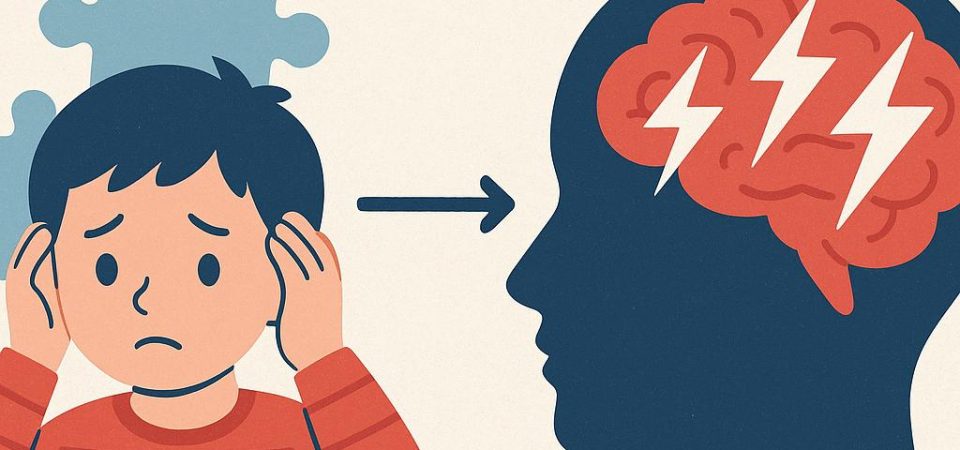Understanding Autism and Epilepsy
Autism Spectrum Disorder (ASD) and epilepsy are two distinct neurological conditions that have been observed to co-occur in a significant number of individuals. While both conditions can exist independently, the prevalence of epilepsy among individuals with autism is notably higher than in the general population. In this article, we will explore the connection between these two conditions.
The Prevalence of Epilepsy in Individuals with Autism
Research indicates that approximately 20-30% of individuals with autism spectrum disorder also experience epilepsy. This is a stark contrast compared to the general population, where the prevalence of epilepsy is estimated to be around 1-2%. This significant difference highlights the importance of understanding why these two conditions frequently co-exist. The onset of epilepsy in individuals with autism can vary, typically manifesting either in early childhood or during adolescence.
Early childhood may present a unique set of challenges for caregivers and healthcare providers as they navigate the complexities of managing both conditions. Adolescence, characterized by rapid physical, emotional, and cognitive changes, can further complicate the clinical picture, making diagnosis and treatment more challenging.
Potential Biological Links
Several studies suggest possible biological mechanisms that may link autism and epilepsy. These mechanisms are complex and multifaceted, reflecting the intricate nature of brain development and functioning.
One key area of investigation centers around genetic factors. Some genetic syndromes associated with autism, like Tuberous Sclerosis Complex and Rett Syndrome, have a known connection to epilepsy. This genetic overlap suggests that there may be common pathways impacting both conditions. As research progresses, scientists continue to identify specific genes that may contribute to both autism and epilepsy, opening up the potential for targeted genetic therapies in the future.
Another area of interest is neurological development. Abnormal brain development during critical periods of growth might contribute to the co-occurrence of seizures and autistic behaviors. Studies indicate that aberrations in neuronal circuitry could lead to both developmental delays and seizure activity. Understanding these neurological processes is crucial, as it could inform the development of interventions designed to mitigate these disruptions early in a child’s development.
Shared Risk Factors
Various shared risk factors may contribute to the correlation between autism and epilepsy. It is essential to consider these factors from a holistic perspective as they point to the complex interaction of genetic and environmental influences.
Genetic predispositions play a significant role. Emerging research underscores that a family history of epilepsy may increase the likelihood of both conditions occurring together in an individual. This hereditary component suggests that family genetic counseling could be a valuable tool in assessing and managing these risks.
Environmental influences also warrant attention. Factors such as prenatal exposure to certain toxins or maternal health conditions during pregnancy are subjects of ongoing research. Studies have begun to identify specific conditions during pregnancy that might predispose an offspring to develop both epilepsy and autism. Understanding these environmental factors better could lead to preventative strategies aimed at reducing the incidence of both disorders.
Diagnosing and Managing Co-occurrence
Diagnosing epilepsy in individuals with autism poses unique challenges, often due to communication difficulties or overlapping symptoms. A comprehensive evaluation by healthcare professionals specializing in neurological disorders is crucial. This assessment often requires a multidisciplinary approach, utilizing the expertise of neurologists, psychiatrists, and developmental pediatricians to paint a clear clinical picture.
Management strategies typically include both medication and therapeutic interventions. Antiepileptic drugs are commonly prescribed to control seizure activity. The choice of medication may be influenced by a patient’s specific epilepsy syndrome and any other existing conditions. Such individualized treatment plans are essential to managing side effects and ensuring the efficacy of the therapeutic regimen.
In addition, therapeutic interventions play a critical role. Behavioral therapies, such as Applied Behavior Analysis (ABA), can be beneficial in addressing both autism-related and seizure-related challenges. Speech and occupational therapies may also be integral components of a comprehensive treatment program, helping to develop communication and daily living skills.
For caregivers and individuals living with these conditions, having access to accurate information and support systems is vital. Seeking guidance from credible sources such as government health websites or leading research institutions can provide valuable insights and support.
By expanding our understanding of the link between autism and epilepsy, we can drive better care strategies and improve the quality of life for those affected. Continued research and collaboration across medical disciplines promise to uncover further insights into these complex conditions, potentially leading to more effective treatments and improved outcomes.
